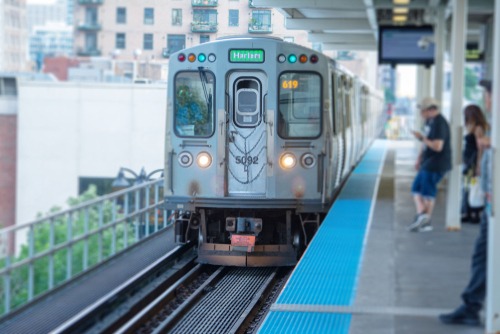
A new report from the Reason Foundation says that public transportation may never return to its pre-COVID-19 pandemic service levels.
The pandemic has changed not only the behavior of individuals but has changed business and government, the thinktank said.
“Public transportation is among those sectors disrupted by COVID-19 and unlikely to return to pre-COVID-19 conditions. The initial plummeting of mass transit ridership was associated with the shutdown of activities and due to exposure fears when using travel options that do not allow isolation or sufficient social distancing,” the report said. “The dramatic ridership reductions persisted as shutdowns were discontinued. Individuals who had to rely on public transportation returned, but many others did not. Most public transportation trips remained lost as communication substituted for travel or commuters shifted to alternative modes, including newly acquired automobiles, that reduced exposure risk.”
Looking at ridership trends from the National Transit Database through April 2021 – a full year of COVID-19 impacted ridership – shows that ridership levels fell approximately 65 percent from what they were at the start of the pandemic.
The foundation predicts that after March 2021, the rolling 12-month annual ridership should begin to trend upward but is dependent on the pace of the COVID-19 recovery and the extent to which travelers return to transit.
The Reason Foundation said that transportation planners need to change the way they plan transit capital investments to a 10-year cycle over a 30-year cycle because demographic, economic, and technological changes are happening at a much faster rate than before the pandemic. That kind of switch in mentality will be crucial to adequately plan for public transit, the organization said.
“The core goals of public transportation—providing mobility particularly for those without alternative means and capturing the economy of mass movement of people in markets where those conditions exist—remain important and widely held goals for transportation. Planners and policymakers must explore the full range of methods of accomplishing these objectives without preconceived commitments to status quo plans and strategies.”